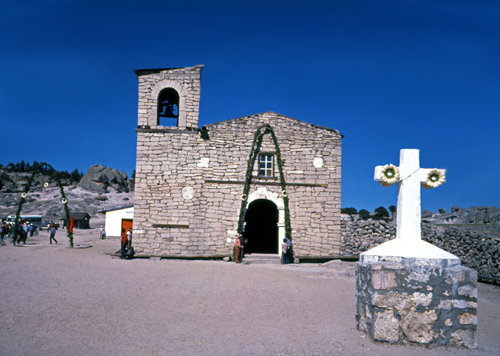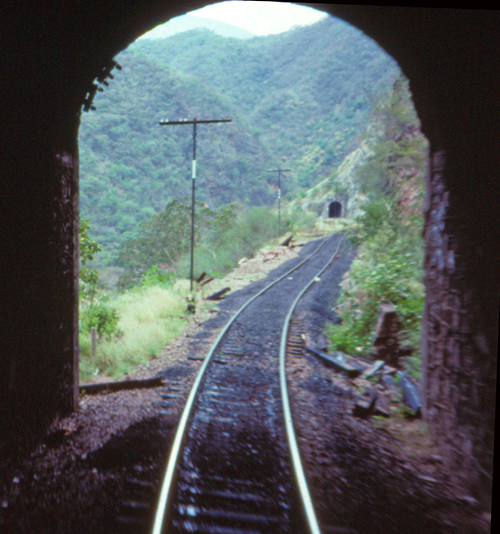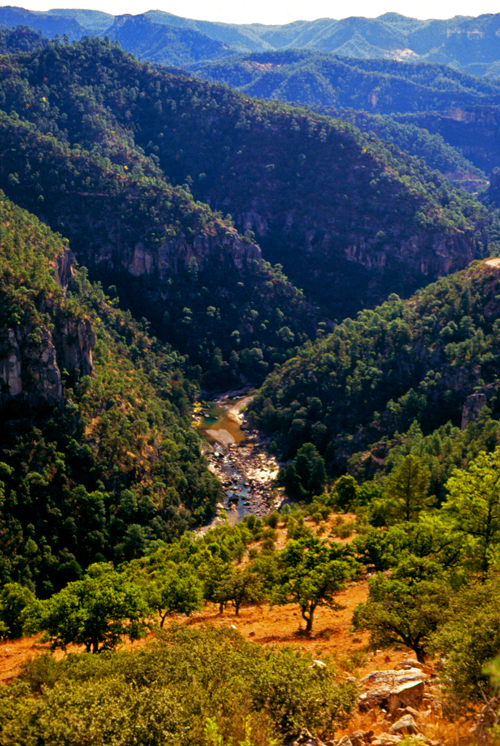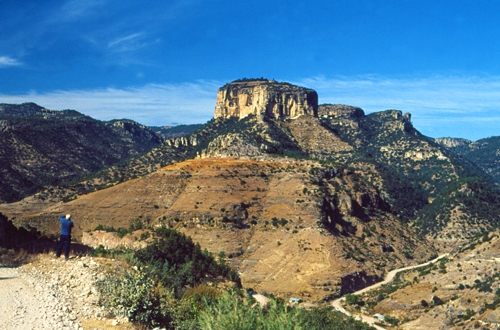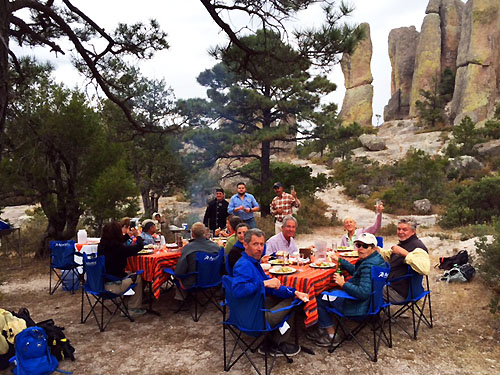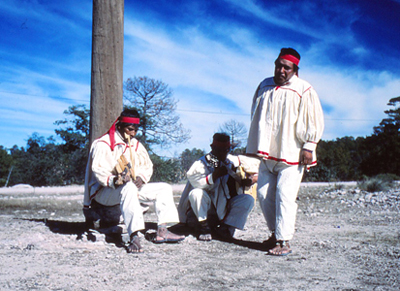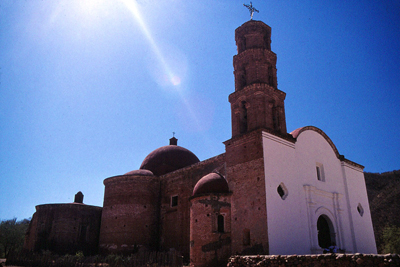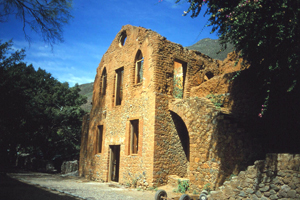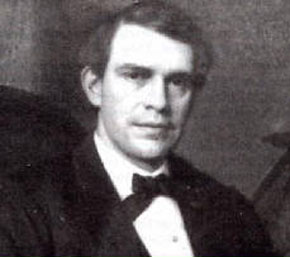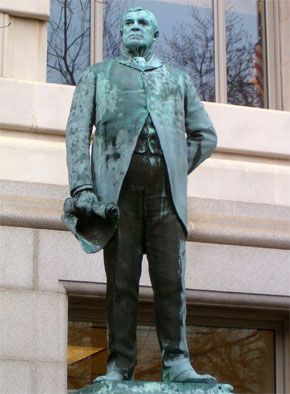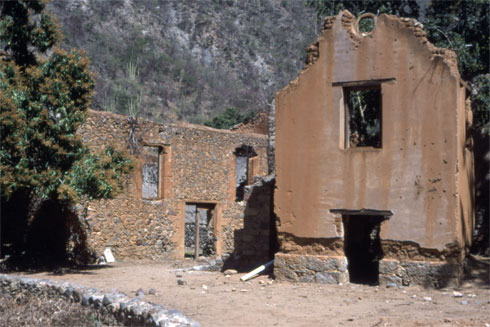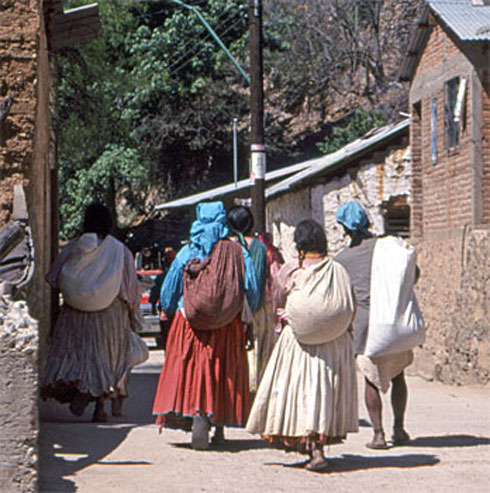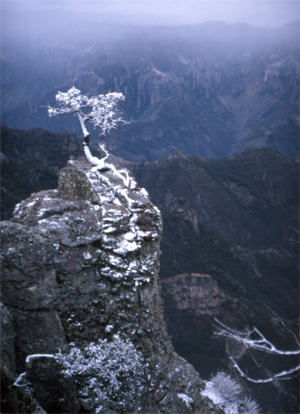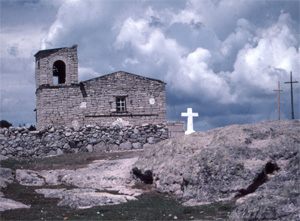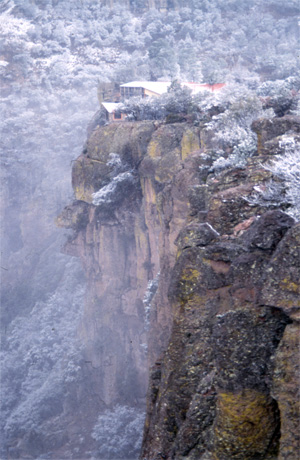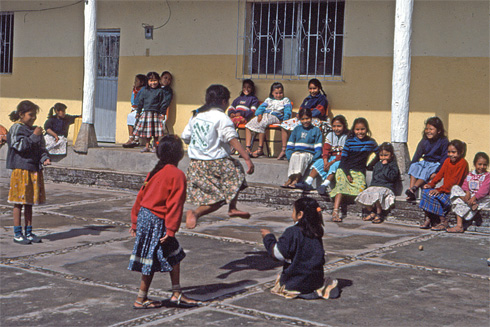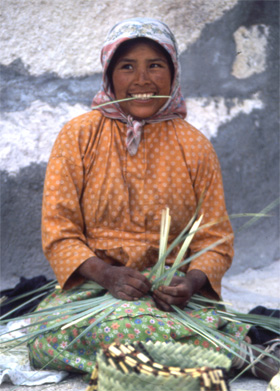We appreciate it when we receive comments and photos to share. From our story “Her Uncle Rode With Pancho Villa” we received many interesting comments by family members of people associated with Pancho Villa:
Crickett Quijada
Hi Lee, thank you for writing this article on my great uncle Ricardo Gonzalez with Francisco Villa and his wife Maria Luz Corral de Villa. He had three brothers. Jose, Simon and Daniel who was killed in WW11. Also he had three sisters, my grandmother Prajedes, Epifania and Isabel, all children of Estefana (Fanny) Gagen and Pedro Gonzalez.
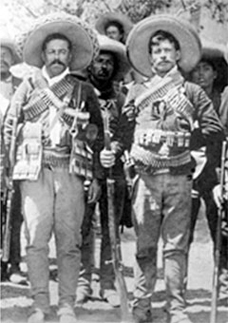
Alberto Gonzalez
Crickett is my cousin. I remember my Grandfather always with the funny hat and cane, I was with my Dad and my Grandfather (Ricardo Gonzalez) when this visit occurred
Rebecca Hughes
This is so cool, Ricardo was my Great-Grandfather and Crickett and Alberto are my cousins.
Matt Holguin
Ricardo was my great grandfather too! Small world!
Jonathan Corral
My family and I have been building a family tree of our family, the Corral’s, and since we only know of the Corral side. Everyone has passed away in our blood line from the elderly side and can only hope to find out more about Maria through her family or if we could find out if Francisco Villas side of the family happen to know more about Maria Corral. We have all been told by our (now deceased) grandparents that our family is related to Francisco Villas wife Dona Maria de la Luz Corral de Villa. I’m told my grandfather Joseph Louis Corral (born 1927) had a father named Leopoldo Corral (a Police Officer in Mexico and was assassinated as well) and his wife Maria Ortiz Figueroa Corral (born 1888). We know Maria Luz had a father named Jose de Jesus Corral, but we haven’t pin pointed exactly if she had any brothers our cousins. We’re told Leopoldos aunt was Maria Luz Corral.
Javier Solis
Jonathan my mother Alejandra Corral’s grandmother was Benigna Corral which was Luz Corral Sister. She still has memories of her grandmother and my grandmother (my mother’s mom) knew Luz Corral around Durango and Buena Sevi. My great great grandfather talked a lot about Pancho Villa.
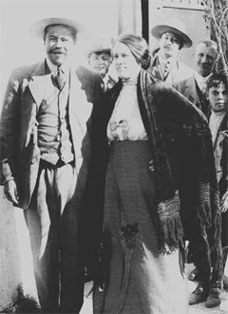 |
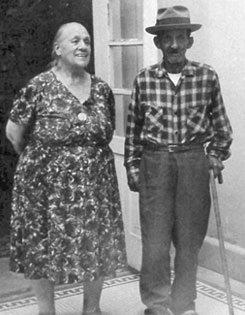 |
| Pancho Villa and his wife, Luz Corral de Villa, in 1914. | Dona Luz Corral de Villa with Ricardo Gonzalez in 1967. |
The California Native has been leading tours to Copper Canyon for more than 30 years. Located in the Sierra Madre Mountains, Copper Canyon is four times larger than the Grand Canyon. This area is rich in history from Pancho Villa and the Mexican Revolution to the booming silver town of Batopilas.
We offer a full range of itineraries from small group escorted tours to worry-free adventures designed for the independent traveler.

